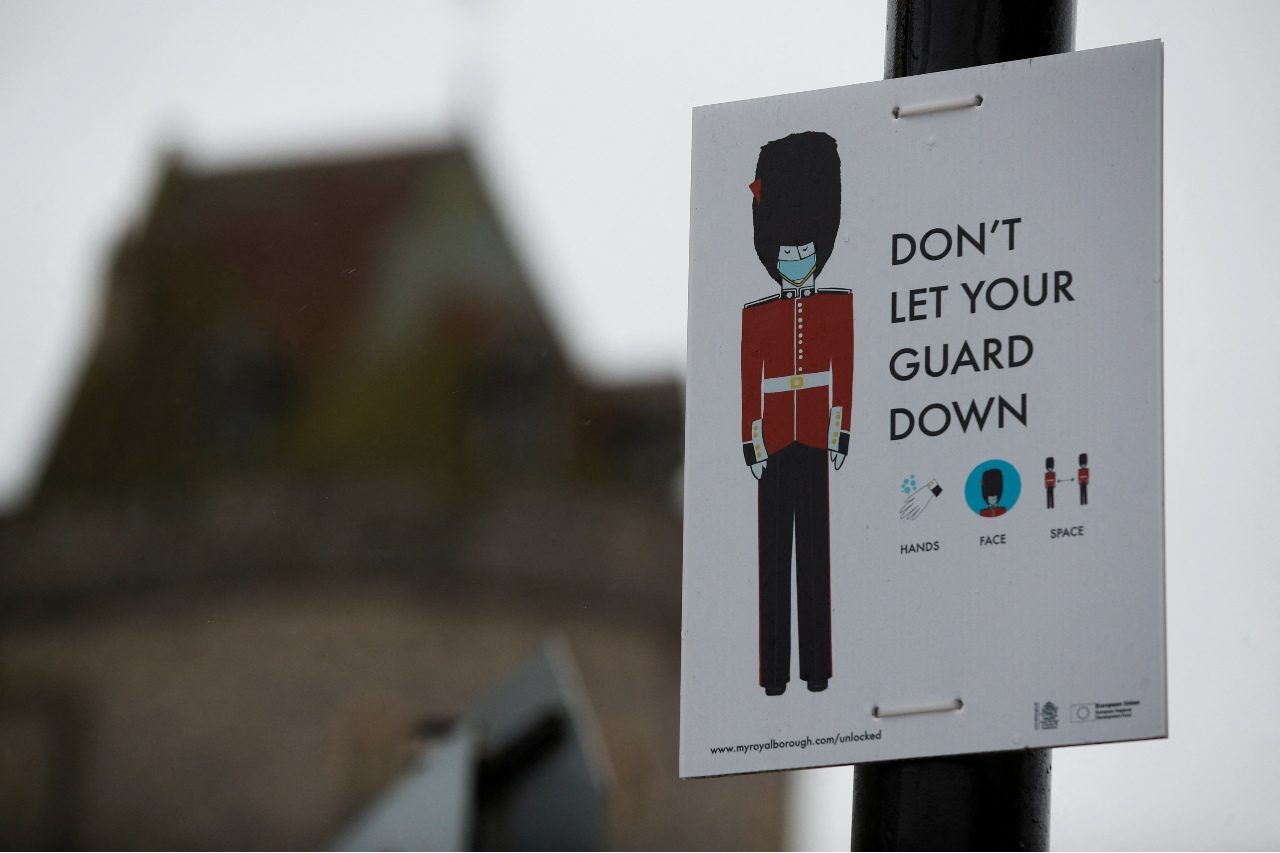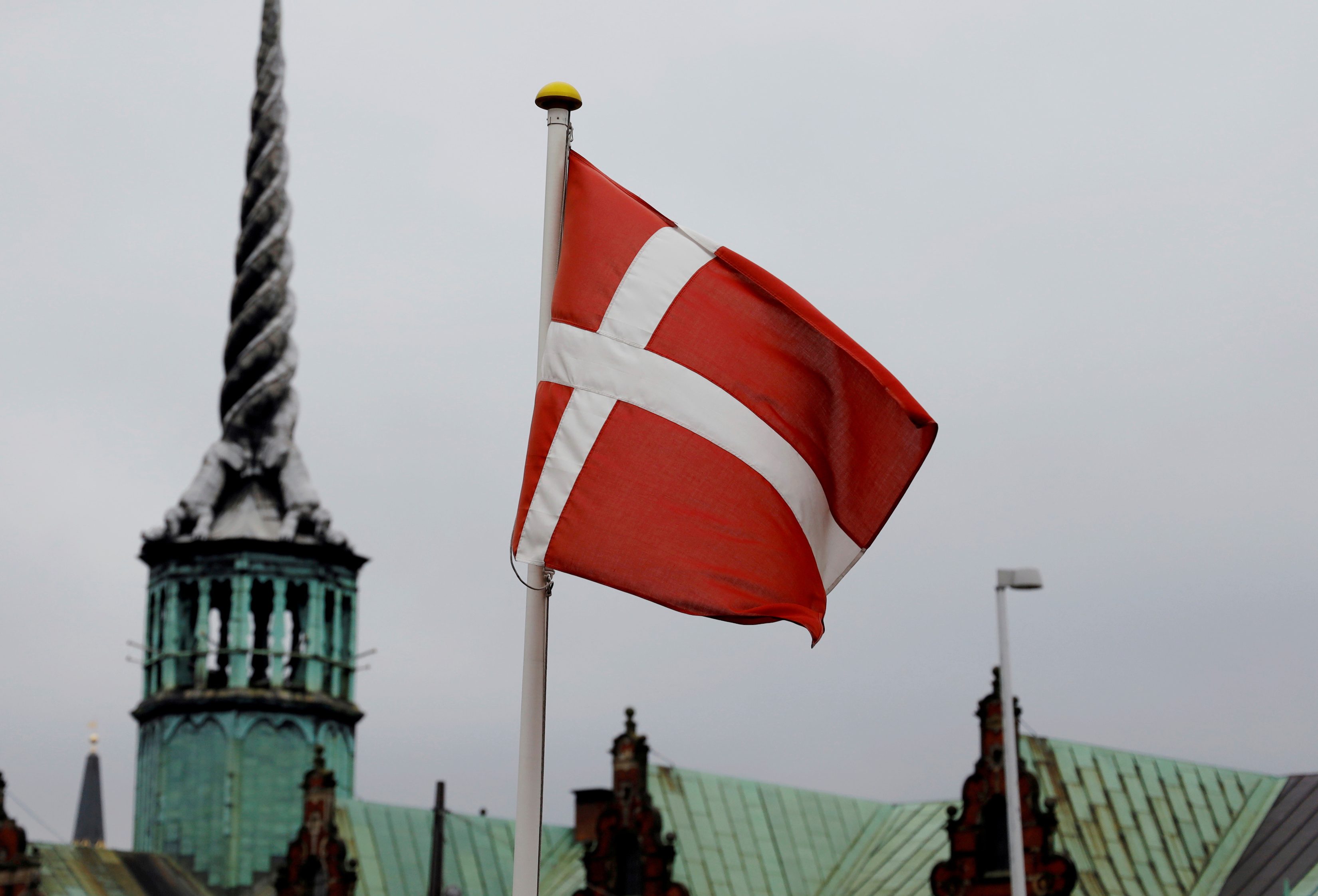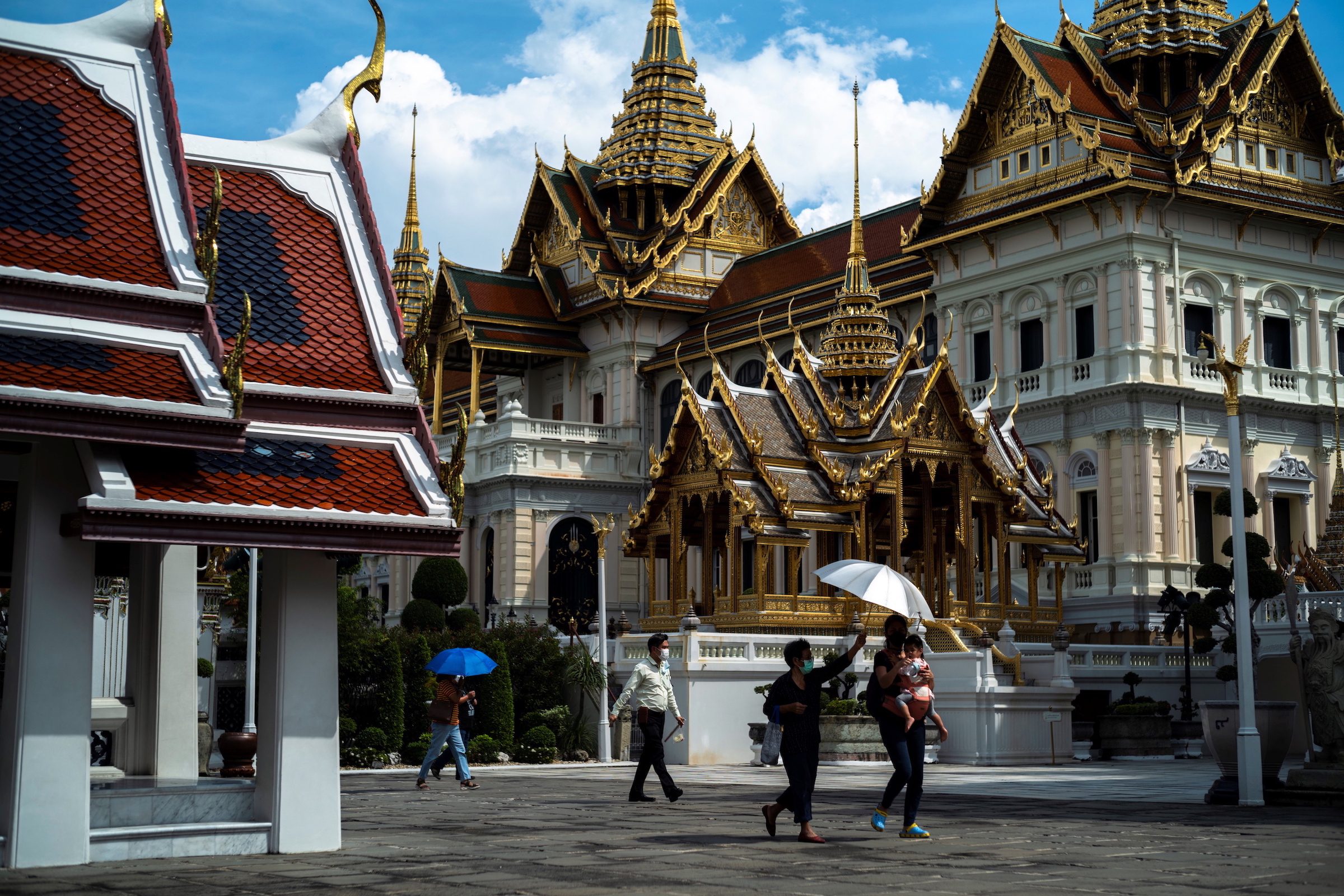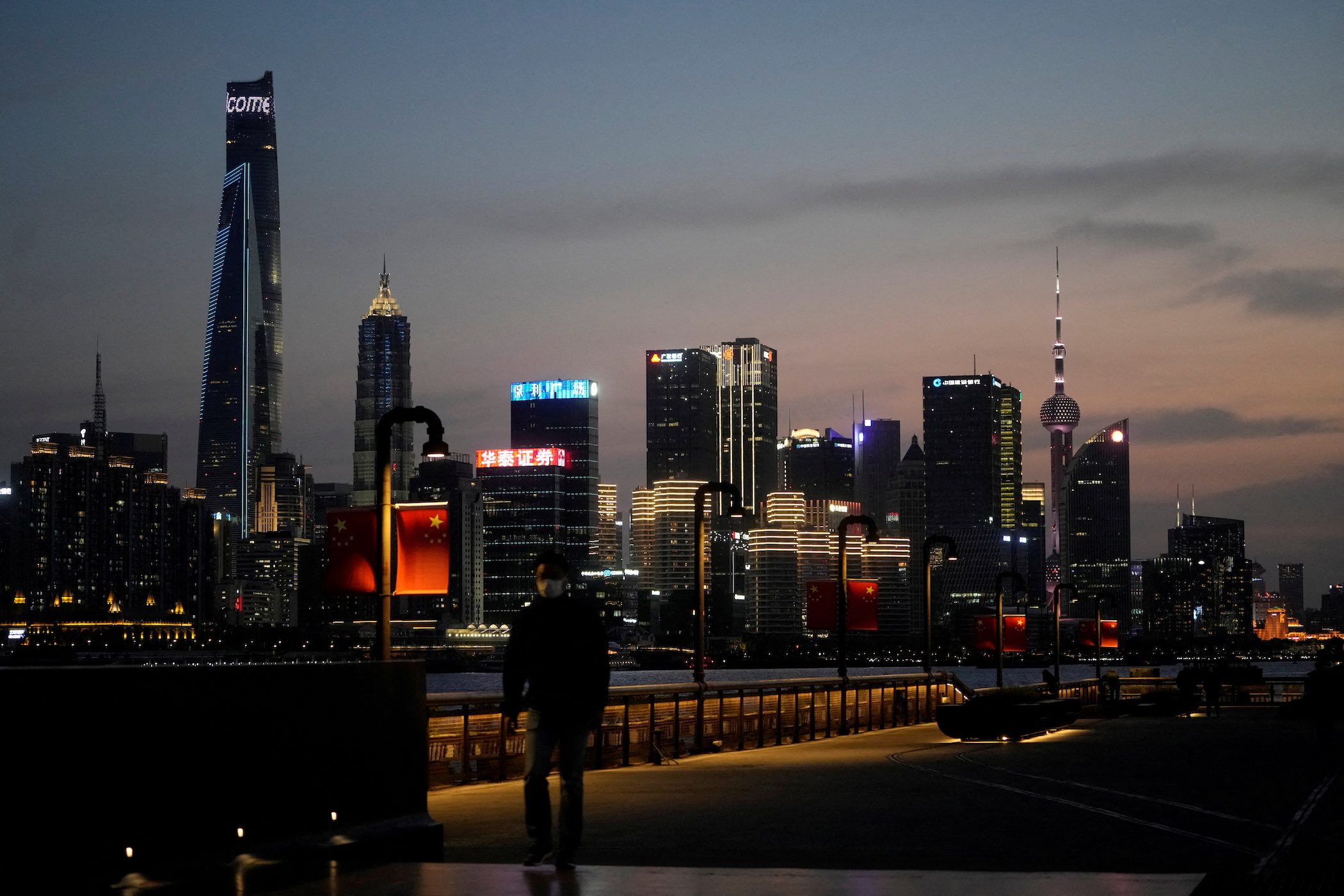SUMMARY
This is AI generated summarization, which may have errors. For context, always refer to the full article.

MANILA, Philippines – More than two years since COVID-19 halted most activities across the world, a number of countries have started to ease restrictions in recent weeks, cutting isolation time and allowing for the doffing of masks.
But while some countries are now implementing looser guidelines, cases have once again creeped up in other parts of the world. Experts have said this scenario underscores the necessity of keeping up surveillance systems and increasing vaccination coverage globally to ensure the world does not fall behind the virus once more.
Here’s how some countries are opening up from COVID-19 restrictions:
England

England was one of the first countries to completely scrap masking and isolation. The United Kingdom’s government declared that wearing face masks is no longer required by law in England.
Instead, masking has been retained in just certain places like healthcare settings, which includes hospitals and care homes for the elderly. It is also recommended when attending crowded events.
English citizens, although urged, are not required to be vaccinated against COVID-19. Previously, a COVID pass, which shows a person’s vaccination status or recent negative test result, was required for entry in most establishments. Now, it is no longer mandatory except for international travel, essentially allowing people to freely participate in crowded events regardless of their COVID status.
What has received backlash from health experts and vulnerable populations in England, however, was the government’s decision to make isolation optional. Whereas individuals who tested positive for the virus had to isolate themselves, English authorities have opted to “advise” people to observe health precautions should they test positive for COVID-19.
Like most countries, the UK has adopted an isolation scheme of at least five days only, following reports that the Omicron variant has a shorter incubation period compared to previous variants of concern.
Denmark

Much like England, the Danish government has scrapped both masking and isolation. Vaccination is also not mandatory.
Except for hospitals, face masks are no longer required in almost all settings, even if crowds are present. These include public transport, cultural centers, stadiums, restaurants and schools, among others.
Some private businesses and private cultural institutions have been given the leeway to either require people to wear a mask or a face shield and/or show proof of vaccination or a negative test result before allowing entry into their establishments.
Denmark encourages those who test positive for COVID-19 to isolate for at least four days or until symptoms go away. A person who has tested positive can also opt not to inform their close contacts about their health status.
The Danish government has recommended testing only for the following situations:
- You are 65 years or older and have symptoms of COVID-19 or feel sick; or for other reasons that show an increased risk of a serious case of COVID-19
- You are pregnant
- You are admitted to a hospital and the admission is expected to last more than 24 hours.
- You are hospitalized urgently
- You are discharged from hospital to institutions, such as nursing homes or housing facilities
To prevent further transmission amid loose restrictions, the Danish Health Authority has urged the public to practice “frequent” ventilation by:
- Creating a cross draft by opening windows and doors
- Opening windows and doors for 5 to 10 minutes, 4 to 5 times a day
- Airing out more often if several people are gathered indoors, and
- Creating a draft every hour if you are together for an extended period of time
Italy

In the early months of the pandemic, Italy had been the global epicenter of the pandemic. These days, Italian residents are no longer required to wear a face mask in most outdoor public spaces.
Wearing of masks is, however, still required in all public indoor spaces and busy outdoor public spaces including stadiums, queues, markets, schools, and churches. Higher-grade masks must also be worn on board public transport of all types including airplanes, trains, ferries, buses, trams, coaches and the metro.
The police can issue a fine – between €400 to €1,000 – to those who refuse to comply with these rules.
Unlike other European countries, vaccination rules are stricter and punitive in Italy. For one, the Italian government has mandated citizens over the age of 50, healthcare workers, and teachers to be vaccinated against COVID-19.
In addition, workers either have to be vaccinated or present a negative test before entering their workplace. As for government employees, those unvaccinated will be suspended without pay. An Italian court has upheld this decision amid appeals from over a hundred public sector workers.
Unlike Denmark, almost all businesses in Italy require people above the age of 12 to show a “Green Pass” before entering their premises. A green pass is equivalent to an EU digital COVID certificate that certifies vaccination, recovery from COVID-19, or a negative test result.
People who have been fully vaccinated against COVID or have fully recovered from the virus for not more than four months can avail of a “Super Green Pass.” This will freely allow them to participate in celebrations following civil and religious ceremonies, and access more outdoor facilities such as swimming pools, wellness centers and ski lifts, among others.
Italy’s Ministry of Health has eased isolation rules for close contacts, especially for those who have been fully vaccinated and/or boosted or have recovered from COVID for no more than four months.
United States

In the US, the amount of COVID hospitalizations and transmission per county dictates rules on masking.
For areas where admissions and transmissions are low to medium, wearing of face masks is not required. Only when a county is considered to have high transmission of the virus are people required to once again strap their masks – though only in indoor settings.
US President Joe Biden, along with some US governors, have tried to enforce vaccination and mask mandates in their counties and specific constituencies. The US Supreme Court, however, blocked them from doing so, saying such mandates were “promulgated and enacted unlawfully,” reported Al Jazeera.
The decision means the implementation of mask and vaccination mandates rest on the hands of state and local governments.
The same protocols apply to US’ vaccination rules. In some states, proof of vaccination is no longer required from people entering private establishments, though some states have decided to keep this in place.
Unlike England, health authorities in the US still require people to quarantine or isolate for at least five days, especially those who test positive, including close contacts who are either unvaccinated or symptomatic.
Preventing the spread of COVID means good ventilation, too. As people start to physically go back to work, the US Center for Disease Control and Prevention has recommended business owners to improve their ventilations systems in a way that would “reduce the spread of disease and lower the risk of exposure.”
Some of their recommendations include:
- Increasing the introduction of outdoor air
- Using fans to increase the effectiveness of open windows
- Ensuring ventilation systems operate properly and providing acceptable indoor air quality for the current occupancy level for each space
- Improving air filtration, and
- Using ultraviolet germicidal irradiation as a supplemental treatment to inactivate SARS-CoV-2
Thailand

From March 12 to early April, Thailand is implementing a strategy of reducing infection rates and COVID-related deaths through “swift and accessible medical treatment” – otherwise known as the “Combatting Stage.” Officials have opted to take this step before considering themselves reopened.
Under the “combatting stage,” residents and travelers are still mandated to mask up while COVID-19 positive individuals are required to isolate. The health ministry has also urged unboosted elders to receive their additional shot.
The government has set a goal of boosting at least 45% of their eligible population.
In the past month, the Thai government has re-categorized more provinces on their color-coded zoning scale based on local COVID infection rates. The different levels dictate the number of people allowed in a gathering.
When it comes to indoor dining, however, there are no more limits on capacity. Despite this, temperature checks, vaccination of staff, and regular testing are still in place for businesses.
Once a person has tested positive for the virus, they are required to report their condition to health authorities and isolate themselves either in their own homes or in a community isolation center. A person who fails to inform the Thai government about their COVID status can face a fine of up to 40,000 baht and imprisonment for up to two years.
Despite the recent detection of the Omicron sub-variant BA.2 in their country, Thai authorities are actively taking a path towards an “endemic” state wherein COVID-19 will only have a 0.1% fatality rate. They hope to achieve this state by July 1, 2022.
Vietnam

Two years later, students are back in classrooms and workers in their offices. International travelers are also free to roam the country without undergoing quarantine upon entry, as long as they present a recent negative test result.
Wearing of masks and disinfection of hands still remain. But a key government official has admitted that achieving physical distancing and controlled mass gatherings may no longer be feasible.
Having administered more than 201 million doses, Vietnam currently boasts a vaccination rate of over 95%. Currently, its vaccination efforts are focused on inoculating people aged 12 to 18 and administering booster shots to those over 18-years-old.
Isolation has been limited to people who test positive for the virus.
“[During] this time, Vietnam should not consider the COVID-19 epidemic as an ‘endemic disease,’” the Ministry of Health said, adding it would closely coordinate with the WHO on deciding when the virus may have reached this state in the country.
China

Over two years later, COVID-19 restrictions in China continue to mirror rules put in place in early 2020. Chinese authorities are sticking with a “zero-COVID strategy” to curb the spread of the virus, implementing lockdowns and strict virus-curbing rules that have severely restricted the movement of individuals.
Facing increasing challenges with a zero-COVID approach, the Washington Post reported that China has been “experimenting with more targeted and short-lived containment protocols … [and allowing] asymptomatic patients to be isolated in centralized facilities, instead of at hospitals.”
Asked whether this strategy was sustainable for China, Chinese Premier Li Keqiang said that the country will continue to cooperate with institutions to make their response more scientific and targeted “based on the COVID situation, developments and features.”
China’s approach, he said, should balance the safety and security of their citizens and the integrity of industrial and supply chains. – Guinevere Latoza/Rappler.com
Guinevere Latoza is a Rappler intern. This article was done under the supervision of Rappler staff and her copy was vetted by editors. Learn more about Rappler’s internship program here.
Add a comment
How does this make you feel?
There are no comments yet. Add your comment to start the conversation.